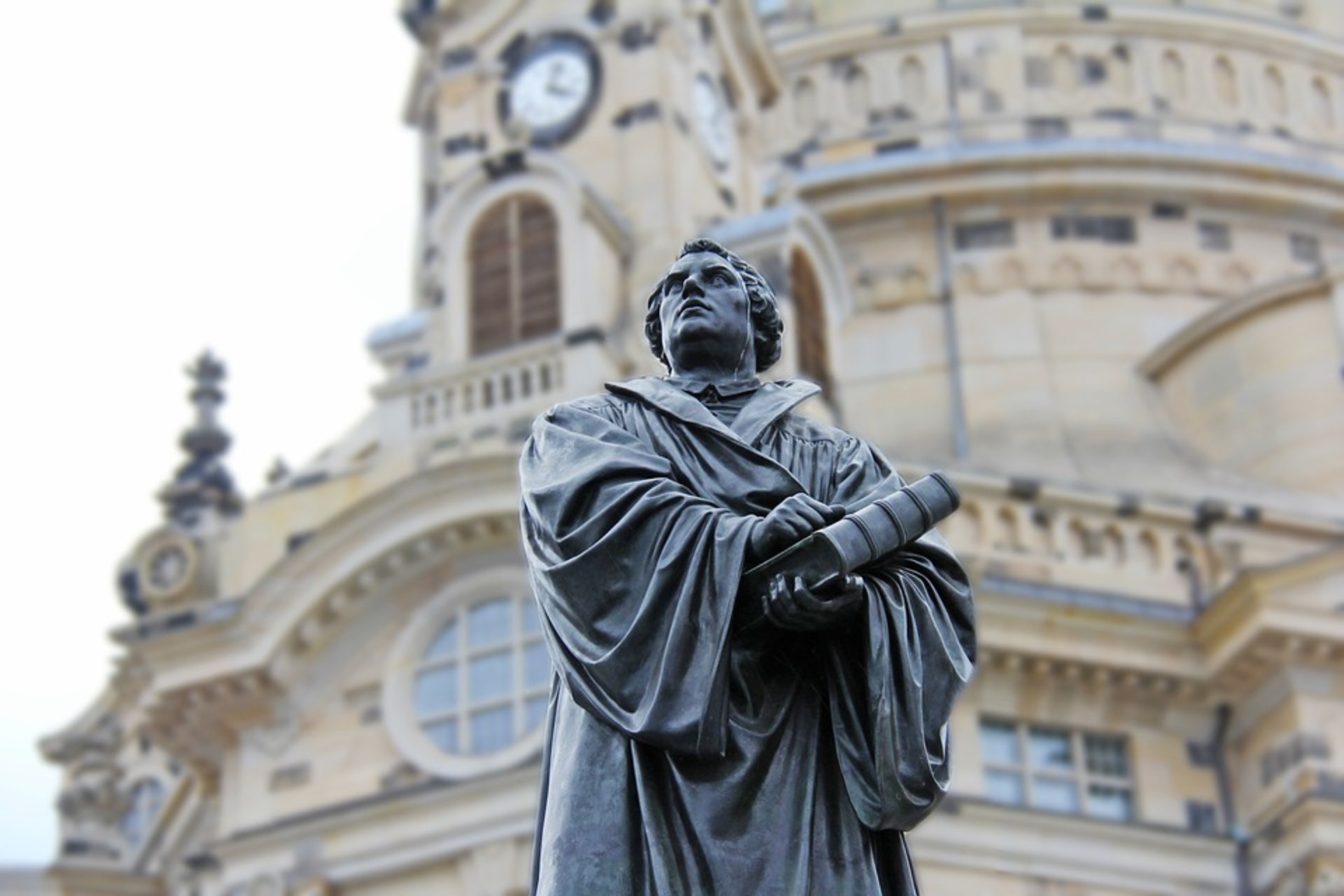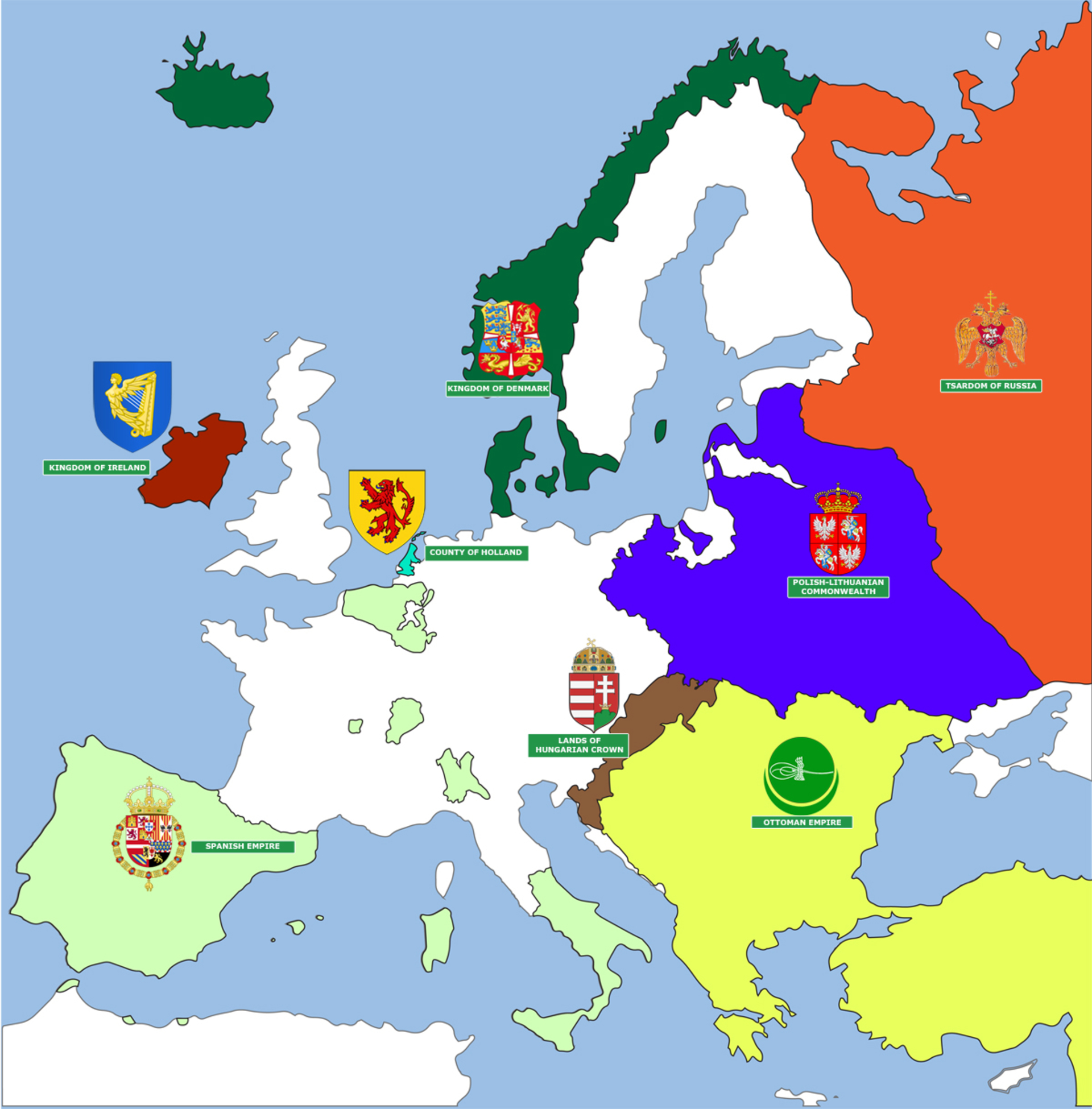The European Championship 1580
In the 16th century, Europeans “discovered” the great civilizations which were, until then, only rumoured about – China, Japan, Southeast Asia, and the Indian subcontinent – but also the completely unknown ones in the Americas. Europe divided itself into the Protestant north and the Catholic south. Spain became the most powerful force in the world. The Ottoman Empire found itself at its territorial peak. Eastern Europe was dominated by the Polish-Lithuanian Union. Russian Emperors started to steadily expand their state in all directions.
After almost two centuries of rule, the Polish-Lithuanian throne was devoid of the extinguished Jagiellonian dynasty. The Russian conquest of Siberia began, as well as their attempts to reach the Baltic Sea, which were thwarted by Poland and Sweden. In 1580, due to the absence of an heir to the Aviz dynasty, the vast Portuguese Empire fell under the governance of the already enormous Spain. In addition to their overseas territories, Spain also controlled the larger part of the Apennine Peninsula, and the Lowlands on the coast of the North Sea. The Muslim Ottoman forces engaged in an unstoppable campaign in Southeast, East, and Central Europe, reaching as far as Buda, reducing the lands of the Hungarian crown to their “remnants of the remnants,” as well as threatening the southern reaches of the Polish-Lithuanian Union, and occupying the northern coast of the Black Sea, founding the Crimean Khanate. At the same time, Christian forces were preoccupied with their internal massacres between the Catholic fraction and that of the Reformation.
From a Saxon priest Martin Luther’s (1483 – 1546) insistence on individual contemplation of the Bible which, in order to become more accessible to the broader public, should be translated into common languages, a religious movement called the Reformation would be born, and it would eventually lead to a schism within the Western Church, as well as the formation of numerous Reformation denominations. Their common matters were numerous: the break with Rome, the abolishing of the title of pries, the reduction of the number of sacraments, the repeal of the worship of saints, and elimination of indulgence (paying for the absolution from sin). The successful spread of the Reformation was directly influenced by the development of print, and indirectly by the Ottoman conquests in Southeast Europe, as well as the wars with France which pressed the Catholic Habsburgs to keep a part of their forces in those areas, and not extinguish the Reformation movement in its first stages. The religious conflict grew into a political clash. Some noblemen accepted Luther’s teachings because they saw it as a means of breaking free from the imperial and clerical supervision of their states and lands, which was achieved through the Peace of Augusburg (1555). The characteristics of the original Protestant Church were those of order, strictness, as well as that of an iron hand. Started in the spirit of freedom and rebellion, the Reformation soon fell into the same irreconcilability for which it had previously criticized their adversaries, so due to religious intolerance on the Protestant side as well, the populace of Catholic persuasion were driven into exile or killed. While in the firmly conservative Catholic centres in Southern Europe the Inquisition, the Congregation for the Doctrine of the Faith, and the newly formed Jesuit Order, rooted out any teaching that opposed those of the Roman Church, and put every aspect of the religious and cultural life under their control, the religious conflicts would be at the centre of politics in Northern and Western Europe. France was festering with the hate between Huguenots and Catholics. The areas of the Burgundian Legacy, or Lowlands, would become divided into the northern Protestant part and the southern Catholic one, the latter of which stayed loyal to the Habsburgs. Elizabeth I (ruled 1558 – 1603) sat the English throne, and her rule would be marked by snuffing out conspiracies, conflicts with the Catholic Ireland, and wars against the powerful Spain. In Scandinavia, in addition to the conflicts with domestic supporters of Catholicism, there were numerous wars between Denmark and Sweden.

Sources
- Benedict ANDERSON, Nacija: zamišljena zajednica : razmatranja o porijeklu i širenju nacionalizma, Zagreb 1990.
- Fernard BRAUDEL, Civilizacije kroz povijest, Zagreb, 1990.
- Josef MATUZ, Osmansko carstvo, Zagreb, 1992.
- Philippe WALTER, Kršćanska mitologija : svetkovine, obredi i mitovi srednjega vijeka, Zagreb, 2006.
- Grupa autora, ''Reformacija'': Velika ilustrirana enciklopedija, Zagreb, 2009
-
Photography: https://pixabay.com/en/martin-luther-church-pray-617287/
